We want to make computing cluster, light and energy efficient that will have direct interface to micro controllers, IoT devices and sensor devices using it's main advantage of GPIO ports. This cluster can be used for preprocessing (or even replace need) for Big Data as end point for storage and analytic. That way this system can be described as private Big Data for Small data :)
Main component will be SoC systems like Raspberry Pi 2, Raspberry Pi 3, Odroid C2 or XU4... that have increased computing power in comparison with previous single/dual core SoC generations.

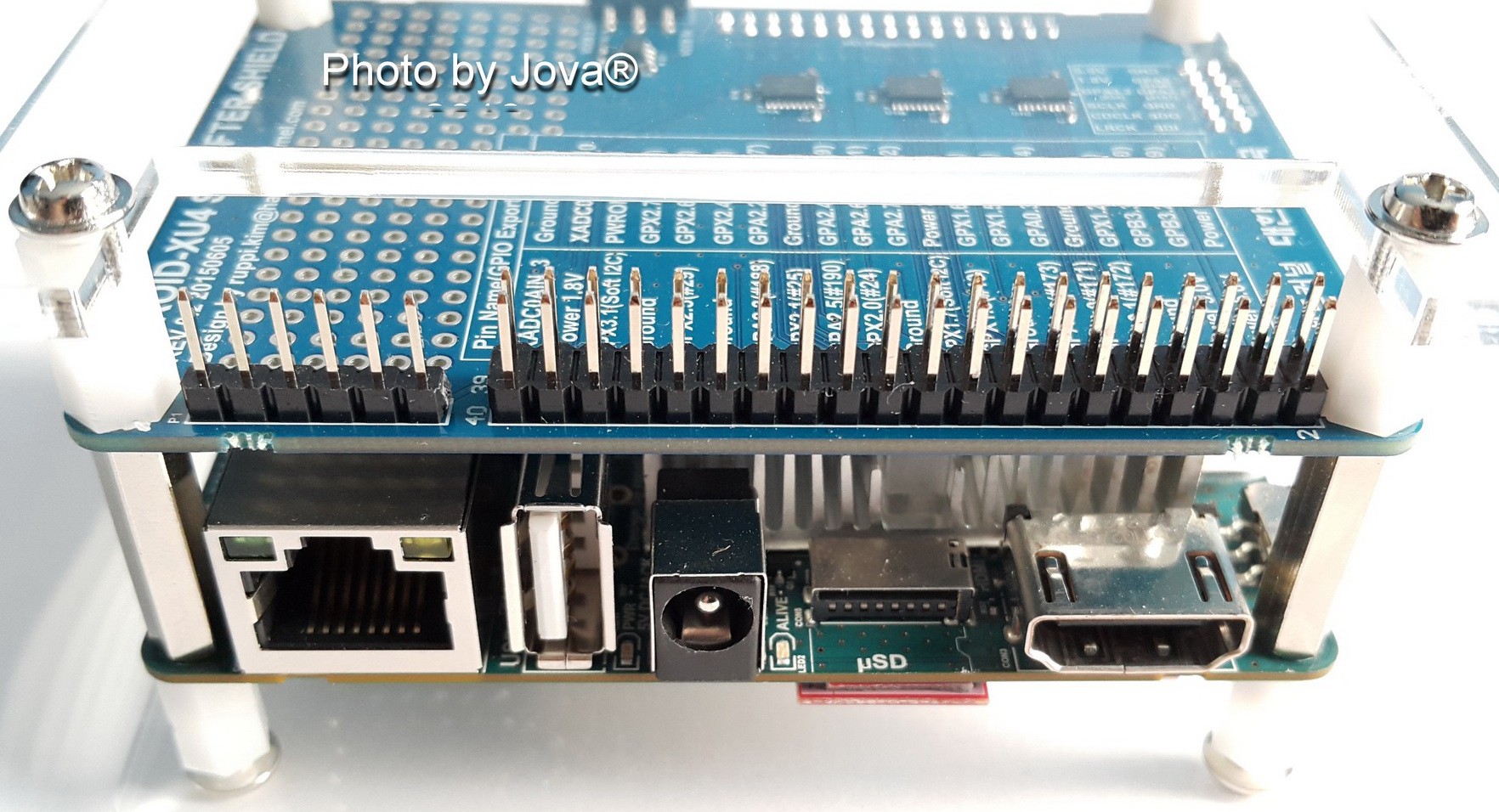
 Jovan
Jovan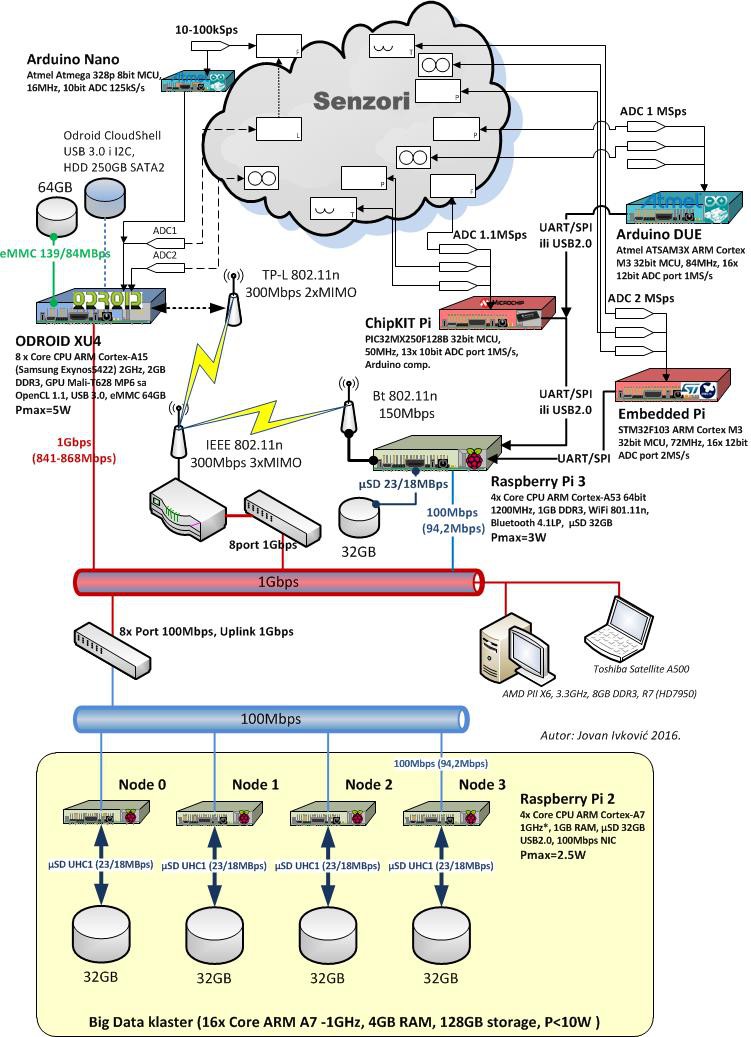
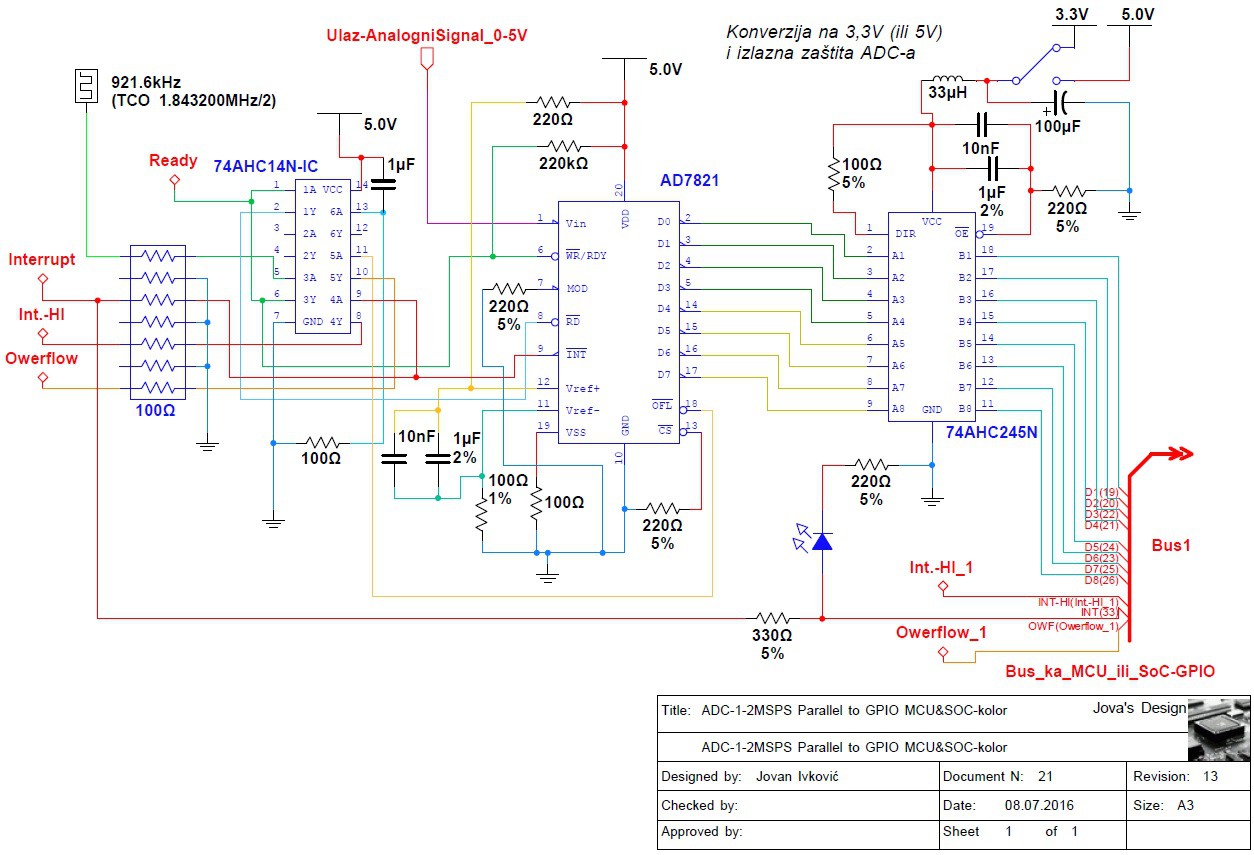
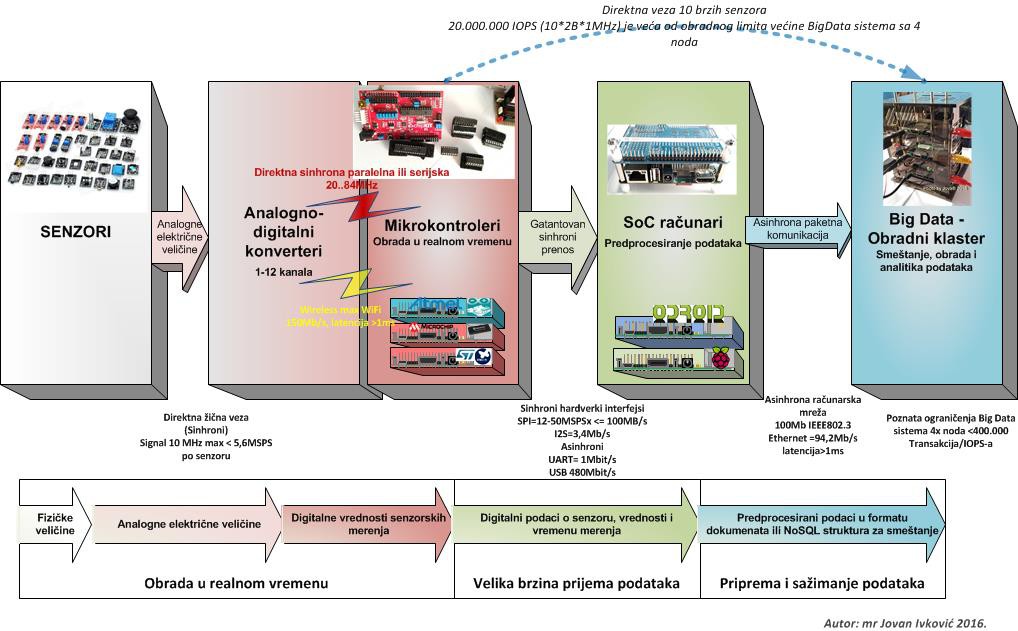

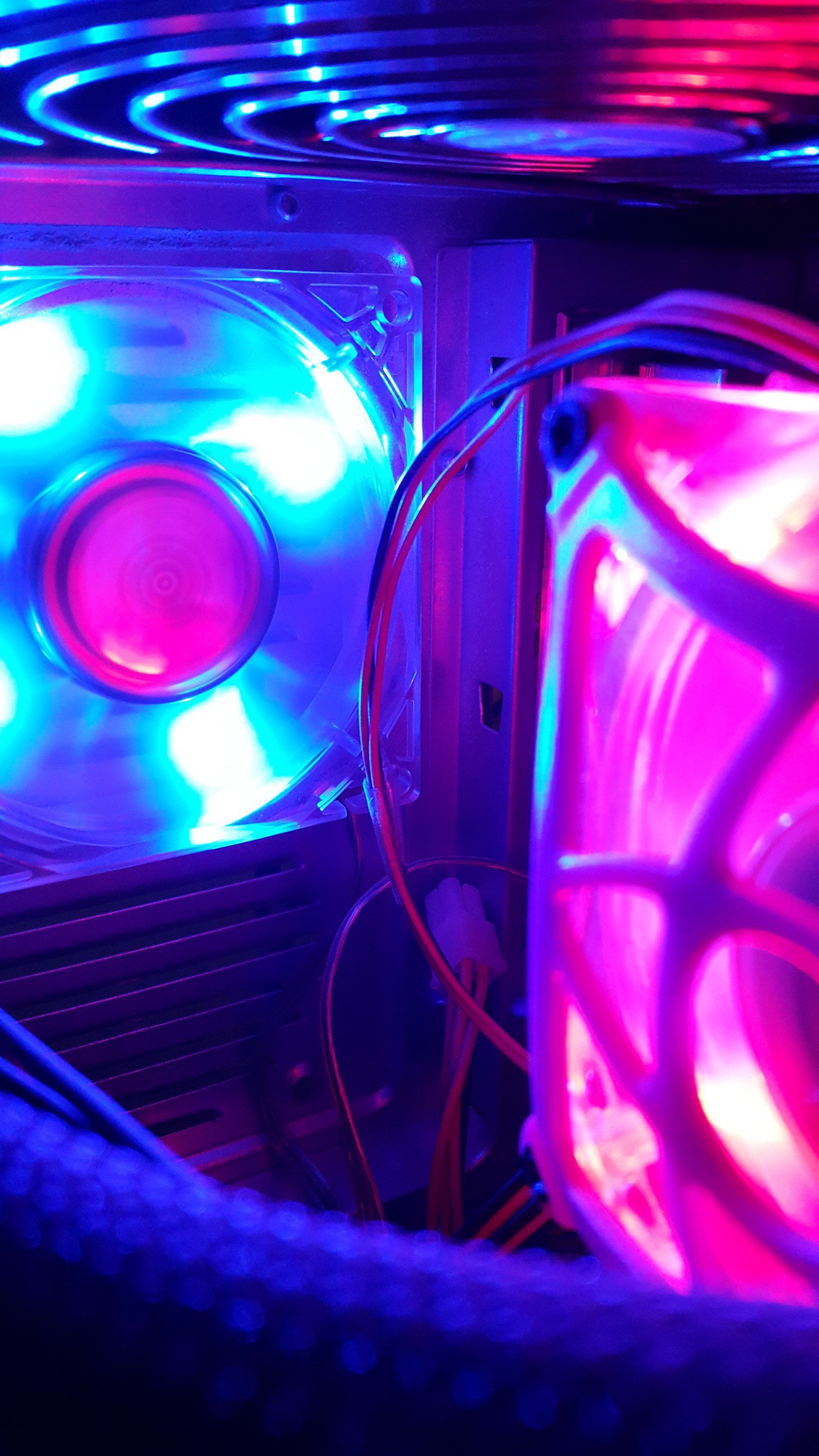

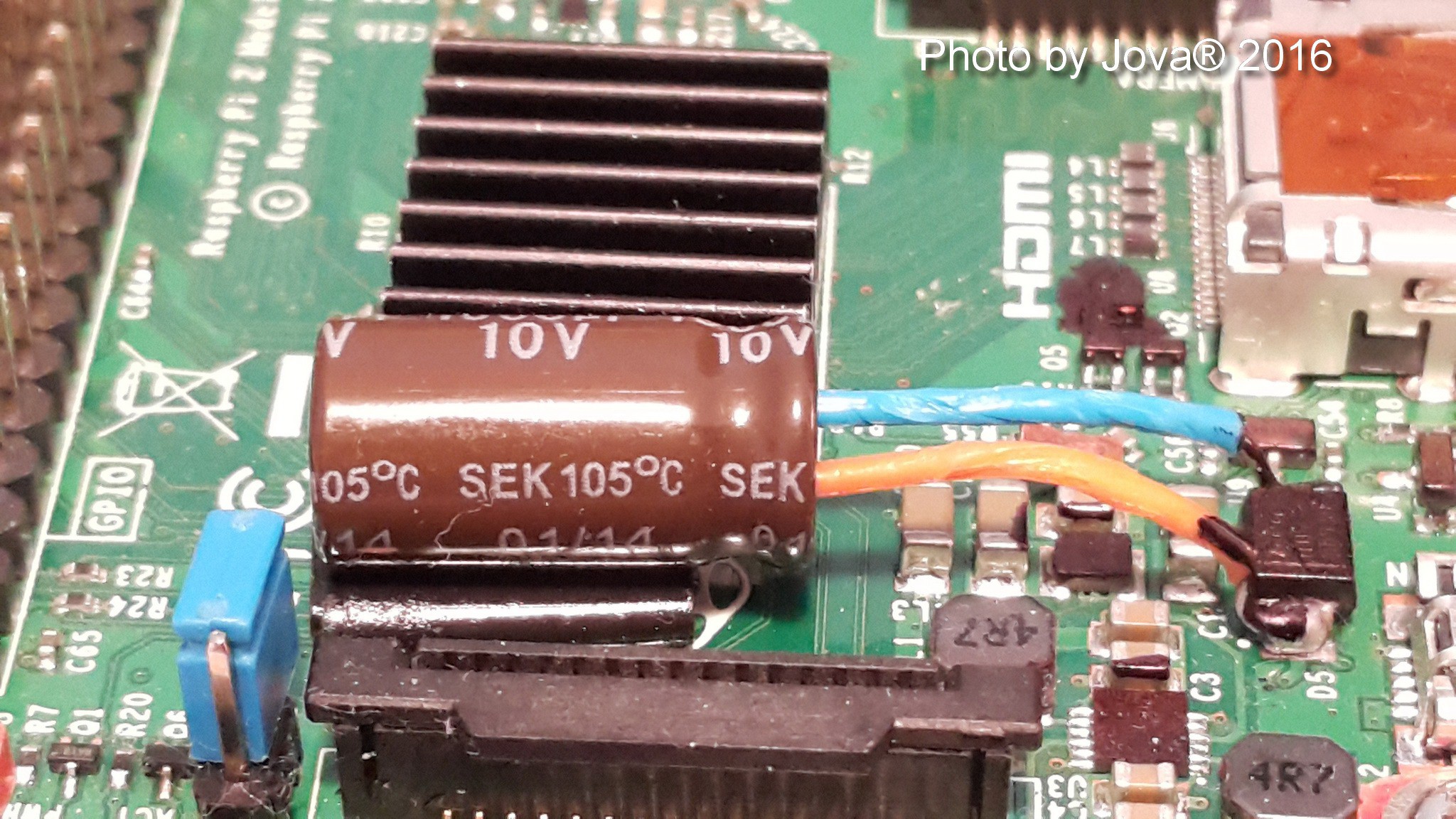

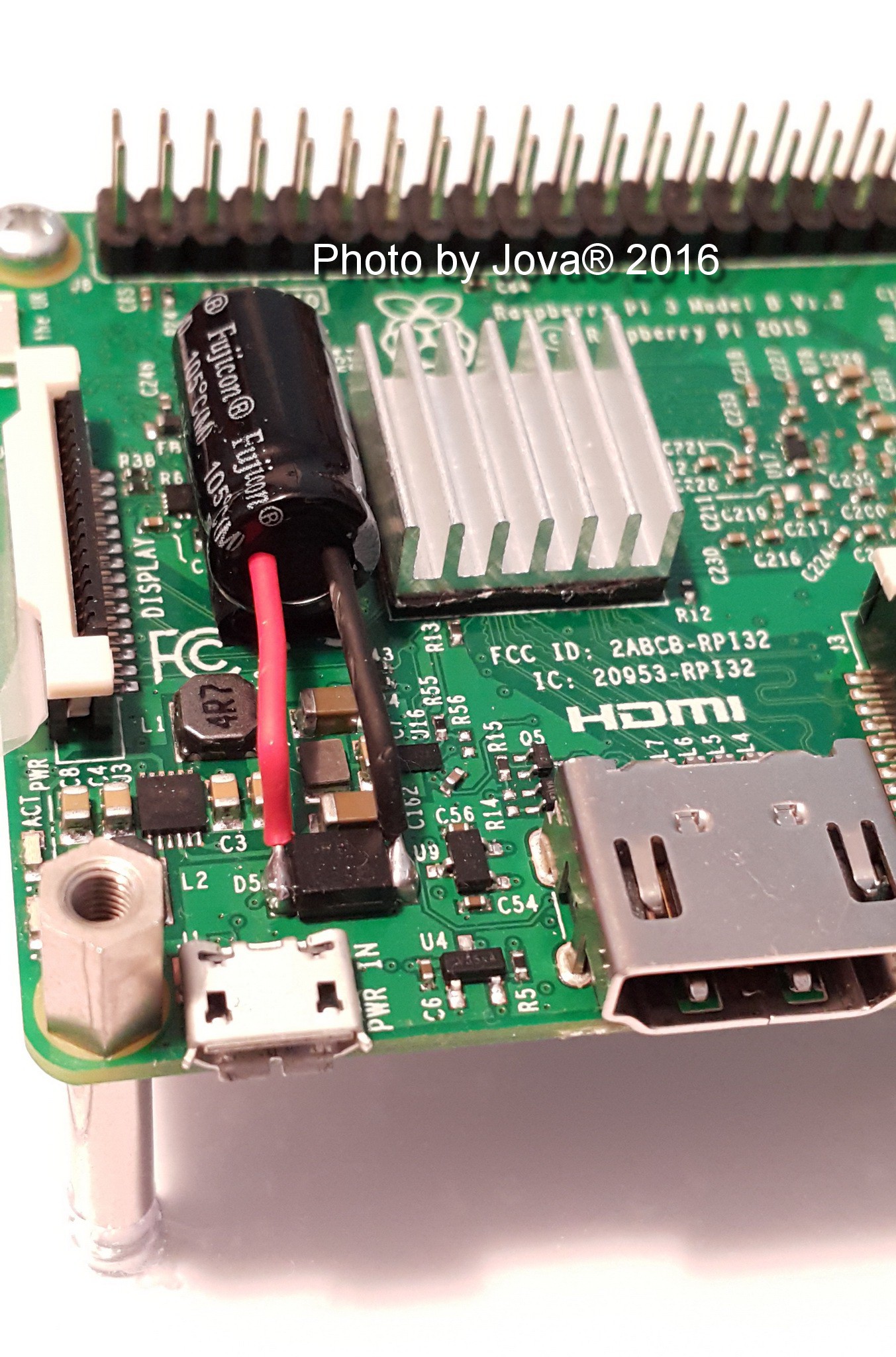
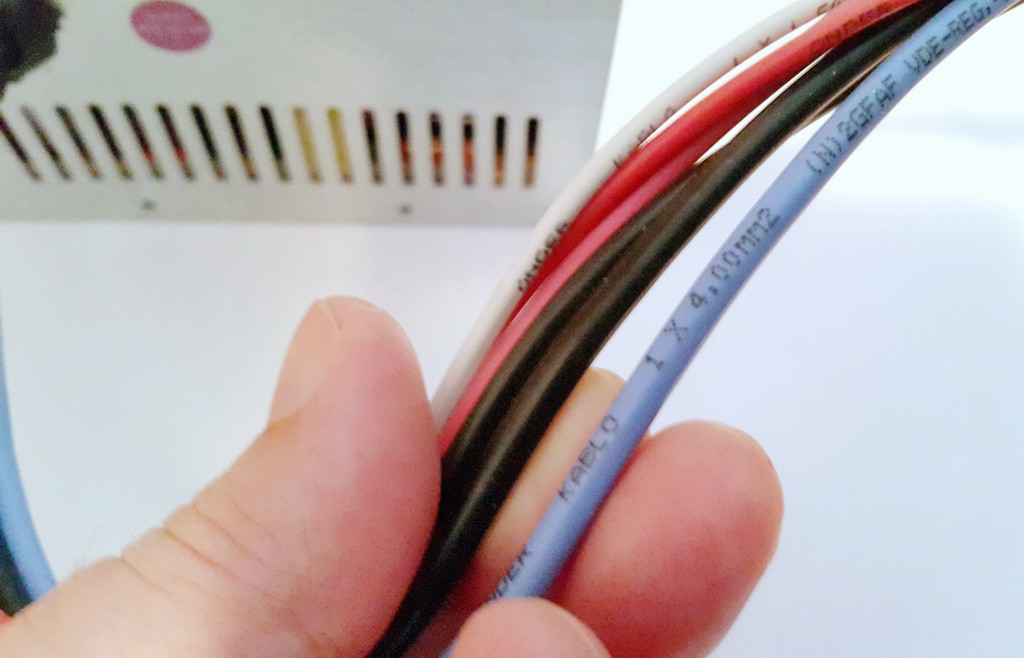




 minifig404
minifig404
 Bud Bennett
Bud Bennett
 x3n0x
x3n0x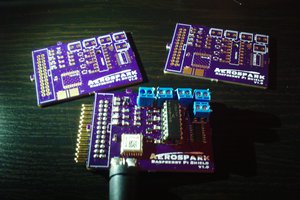
 aerospark
aerospark
What is the linpack? You computer is in top50000 ?